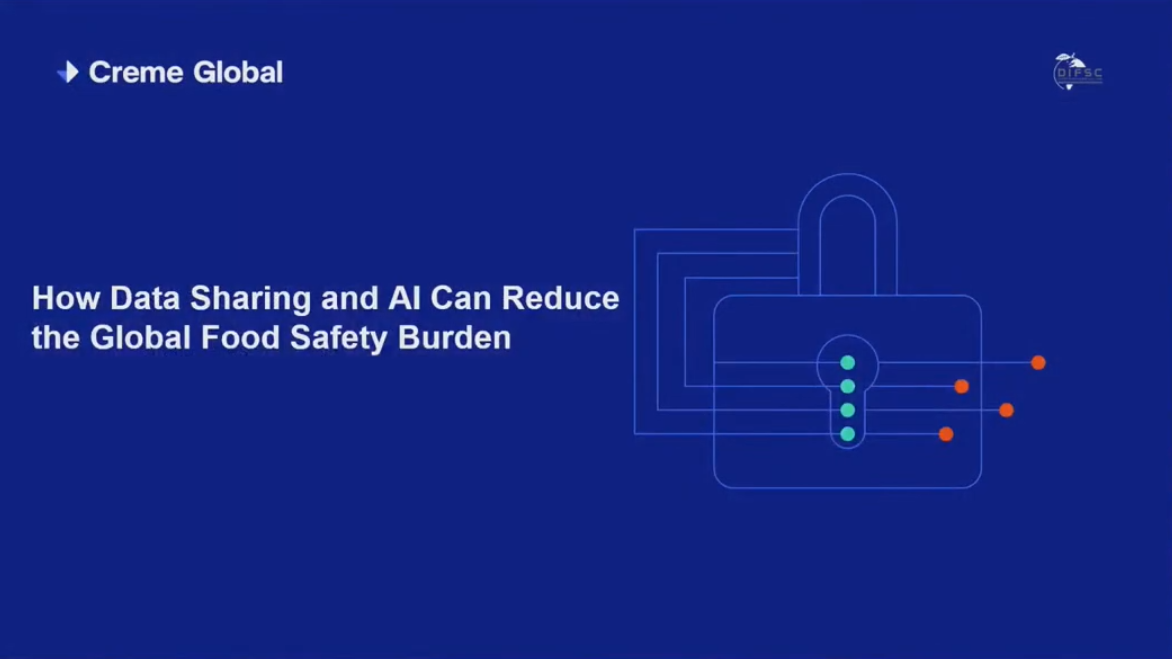Download the latest USA National Health and Nutrition Examination Survey ( NHANES ) Datasets
“ Water, water, everywhere, Not any drop to drink…”
Samuel Taylor Coleridge’s words from ‘Rime of the Ancient Mariner’ describe a situation of being surrounded by near infinite amounts of something, without the ability to benefit from it. This is often what it feels like working in the era of Big Data. So much data is generated and saved, yet accessing, harnessing and putting it to work can often be a massive hurdle. So it simply sits there.
Properly harnessing available data requires innovative and validated solutions that circumvent hype and buzzwords and instead focus on using advanced data access, analytics and predictive modelling harmoniously. Such solutions can then be used to underpin important safety and risk assessment decisions made by the industry and governments. In the food industry specifically, answering important questions about the health impact of products on the consumers quickly and easily by using available data is of highest importance.
The US Center for Disease Control National Health and Nutrition Examination Survey (NHANES) comprises a massive dataset which began in the 1960’s and which, for the last 22 years, has become continuous with new data added and updated every 2 years. That is a lot of data addressing demographic, socioeconomic, dietary and health-related questions. The findings of NHANES study are used to determine the prevalence of major diseases and risk factors for diseases, and to assess nutritional status and its association with health promotion and disease prevention. NHANES findings are also the basis for national standards for such measurements as height, weight, and blood pressure.
For years Creme Global has been taking the NHANES datasets, mainly the dietary component of NHANES called What We Eat in America (WWEIA), and putting them into formats that support user friendly searching, filtering and analytics. Datasets are adapted so they can be easily used with our or your food safety and nutrition assessments. The beauty of this approach is that you can not only learn what people are eating now, and how this has changed since before, but that it allows you to ‘look into the future’ and see what could happen hypothetically. It allows you to answer those ‘what if’ questions, such as ‘what if people drank more caffeinated beverages’ or ‘what if they consumed more vitamin D’, and ‘what if this could change their health outcomes’. By making these tools user friendly, we free up peoples’ time. By making them scientifically sound and statistically valid, we free up peoples’ expertise.
We recently platformed the most recent NHANES dataset into an easily usable format, and we have built a tool called Dietary Intake Intelligence Tool which can be used by anyone who can use a web browser. You will not have to be a programming expert to download, view or interrogate the data. If you are exploring initial research questions on the US population’s health and diet and would like to query the NHANES data in an easy and manageable way, Dietary Intake Intelligence Tool might just be what you are looking for. We know that data can be complex and insight hard to find, which is why the Dietary Intake Intelligence Tool is designed as a versatile platform allowing users to approach extensive NHANES data from various angles to easily and quickly test your hypothesis and find the insight you require. Users with varying levels of expertise are able to quickly find answers or interrogate data with new interesting questions.



